Vue lecture
8 Best Construction CRM Software
Redtail CRM Review: Analysis of Features, Pricing, Benefits
7 Best CRM Software for Startups
Capsule CRM Review (2024): Features, Pricing, Pros and Cons
6 Best HubSpot Alternatives and Competitors in 2024
7 Best Enterprise CRM Systems For Your Business in 2024
Best Salon CRM Software to Boost Your Business (2024)
Close CRM Review (2024): Features, Pros, Cons, and Pricing
How to make Clay Pottery look like Cardboard
Inspired by the designs of Jacques Monneraud, YouTuber Mia Mueller decided to put her skills to the test, making pottery that mimics the delicate, craft-like feel of corrugated cardboard. While Monneraud’s pieces look fantastic (and probably feel just as incredible to hold), Mueller’s approach actually guides us through the process, helping regular-folk understand the nuances of building clay pieces that look like cardboard. Mueller’s YouTube channel, Pottery To The People, is absolute gold for terracotta/ceramic enthusiasts, and although a lot of her content is centric to traditional use of the potter’s wheel, this particular project took a less conventional approach, but yielded results that look genuinely fantastic! Watch the video above to see how she did it, or just scroll to read more.
Designer: Pottery To The People
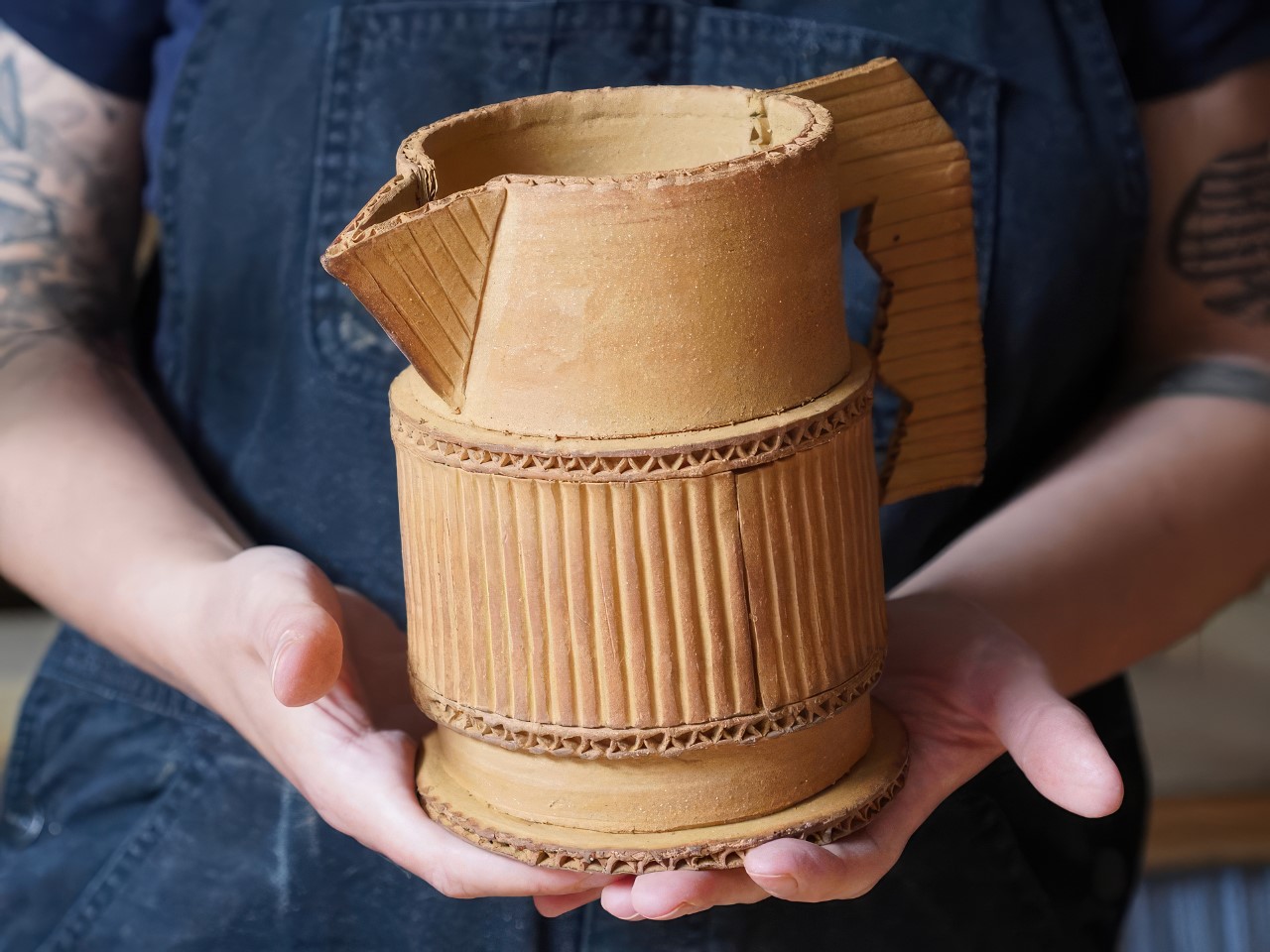
Mueller’s attempt at cardboard pottery is a part of her ‘steal like an artist’ video series, where she mimics the styles of pottery artists online. Monneraud’s designs have taken the internet by storm over the last few weeks and it only made sense for Mueller to give it a shot too, to see how easy it was, and whether the resulting pieces were, in fact, functional as pottery goods.
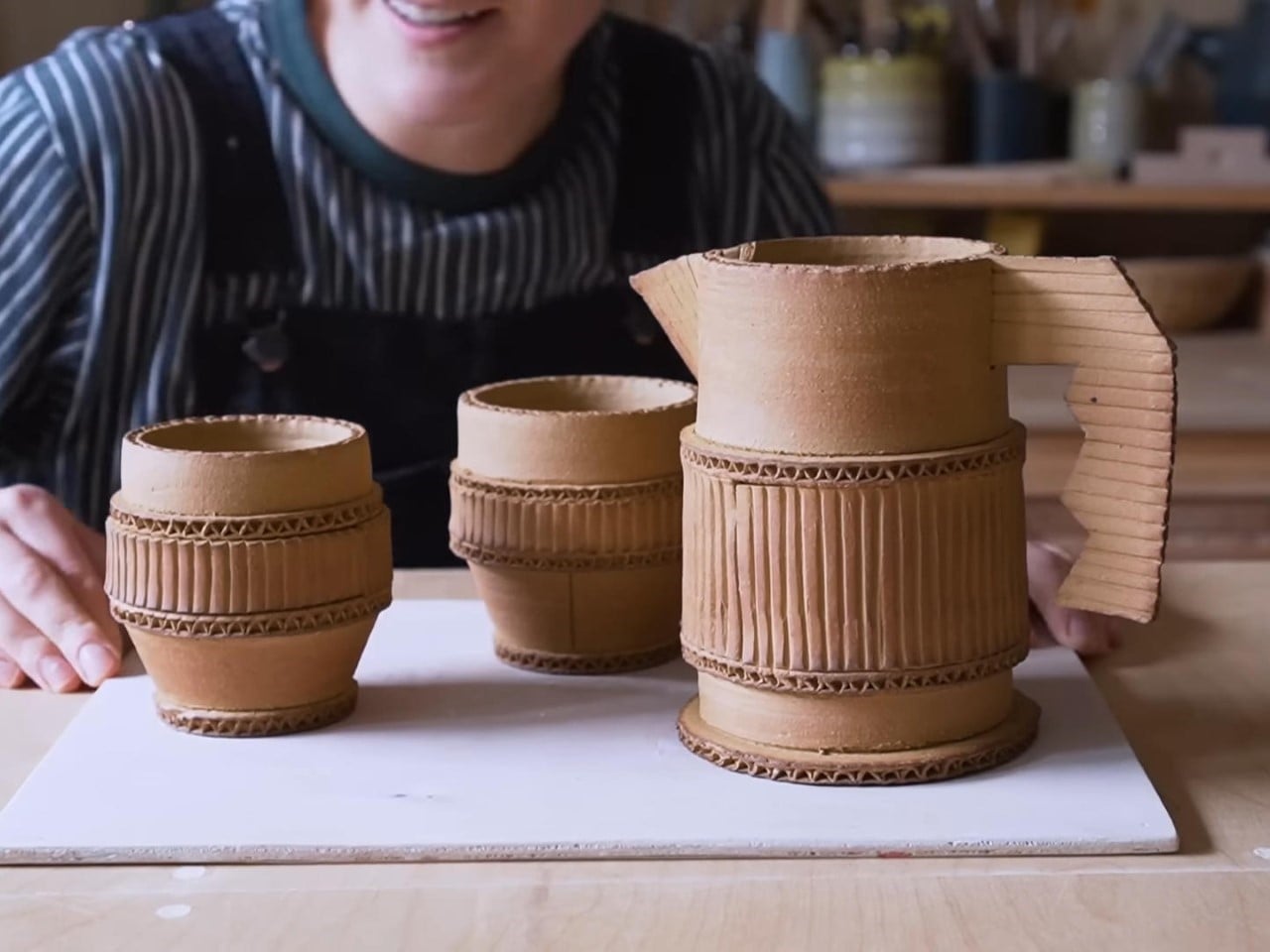
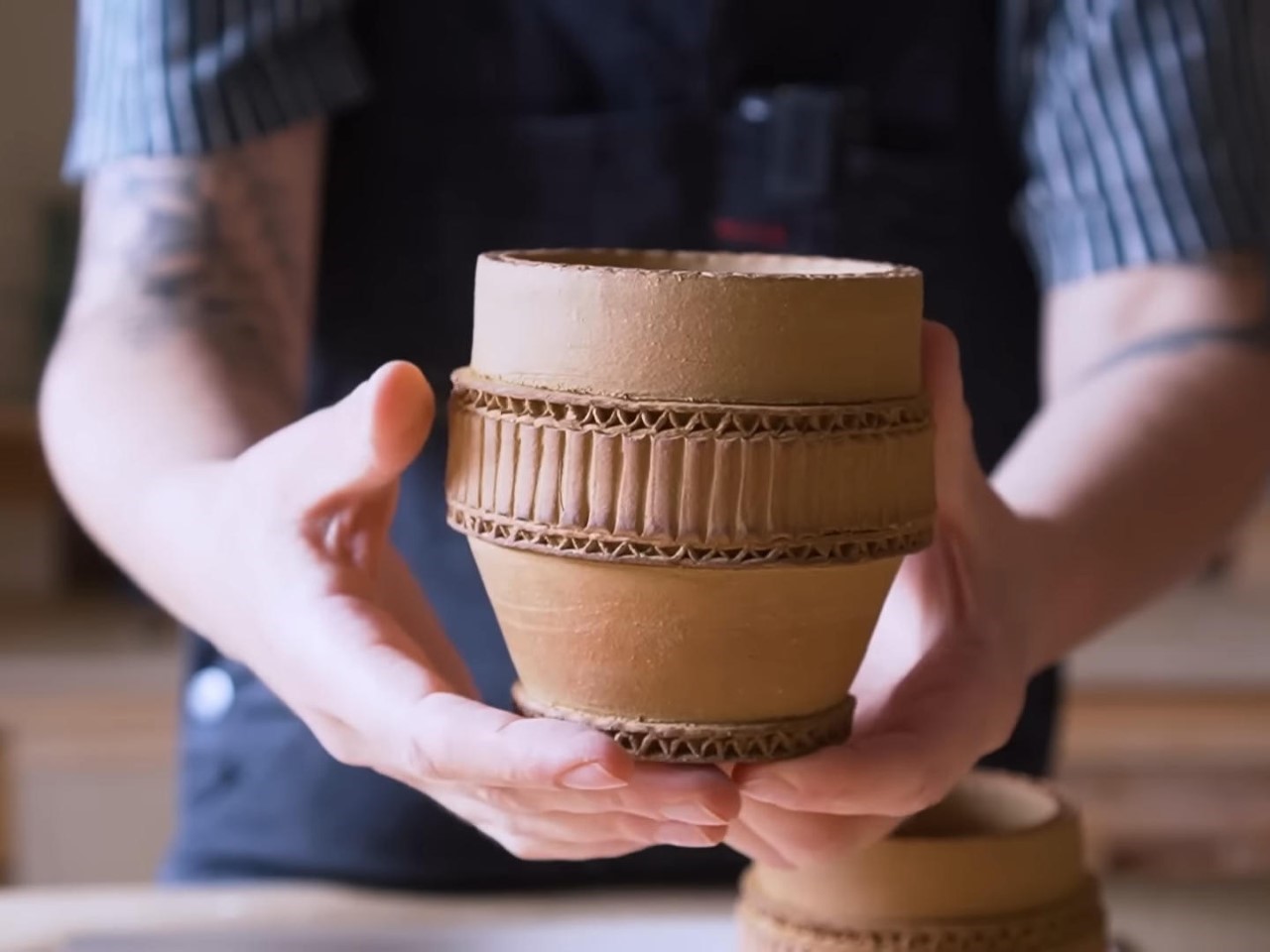
Choosing the right clay was perhaps the most crucial starting step. Different clays take on different hues after firing, so ensuring you’re left with the right cardboard-like color at the end of the firing process is key to nailing that illusion. Mueller used an Indian clay, known for its perfect cardboard-like brown hue.
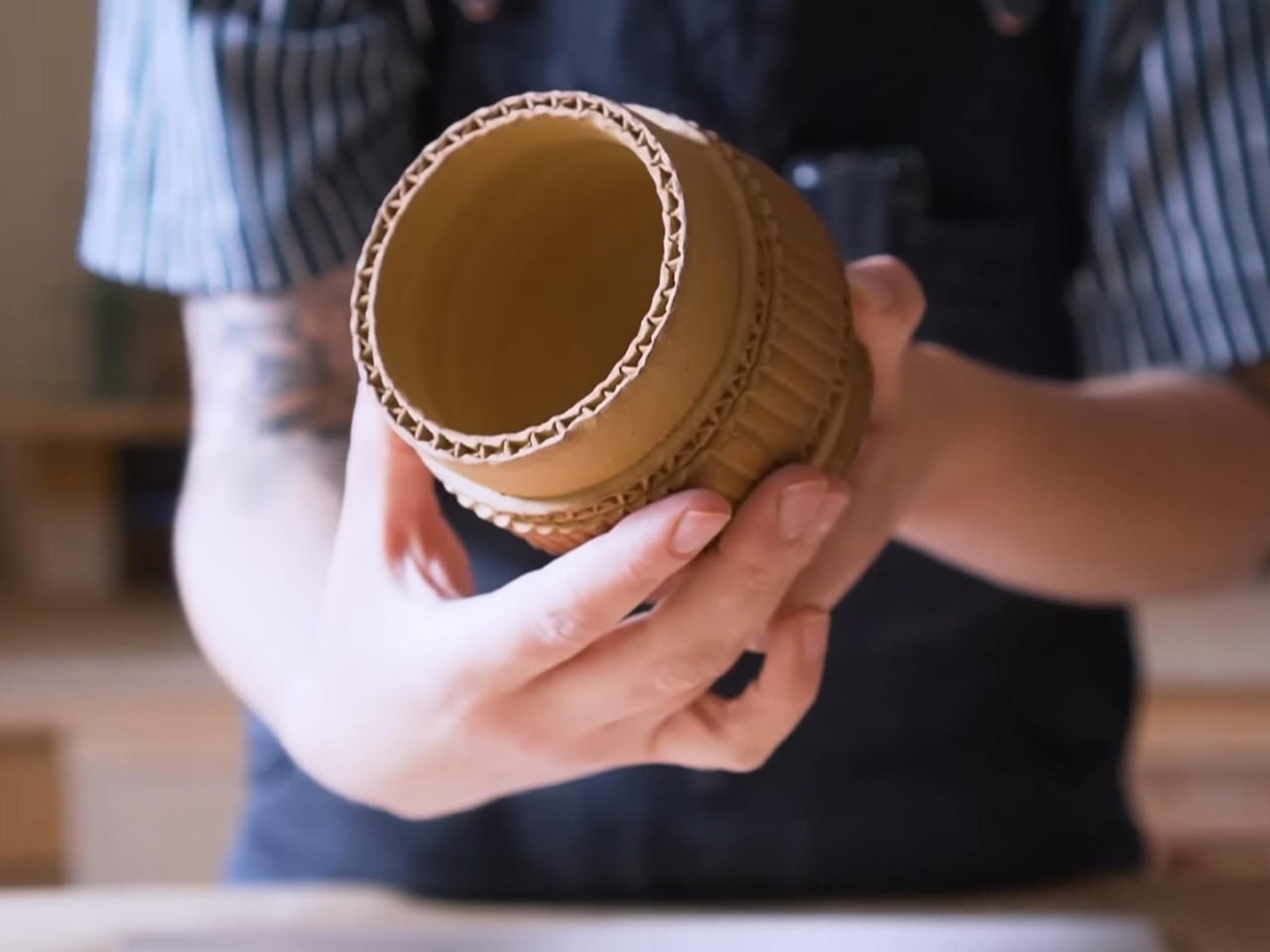
Once selecting and softening the clay, she took to the potter’s wheel, throwing and shaping the clay in a fairly geometric style. Paper doesn’t bend in complex curves, so Mueller ensured most of her designs had straight lines and sharp edges. Ridges were then ‘stamped’ with the corrugated design, and details like grips, handles, and spouts were given a ridged design using a set of specialized roller-pins with ridges on them.
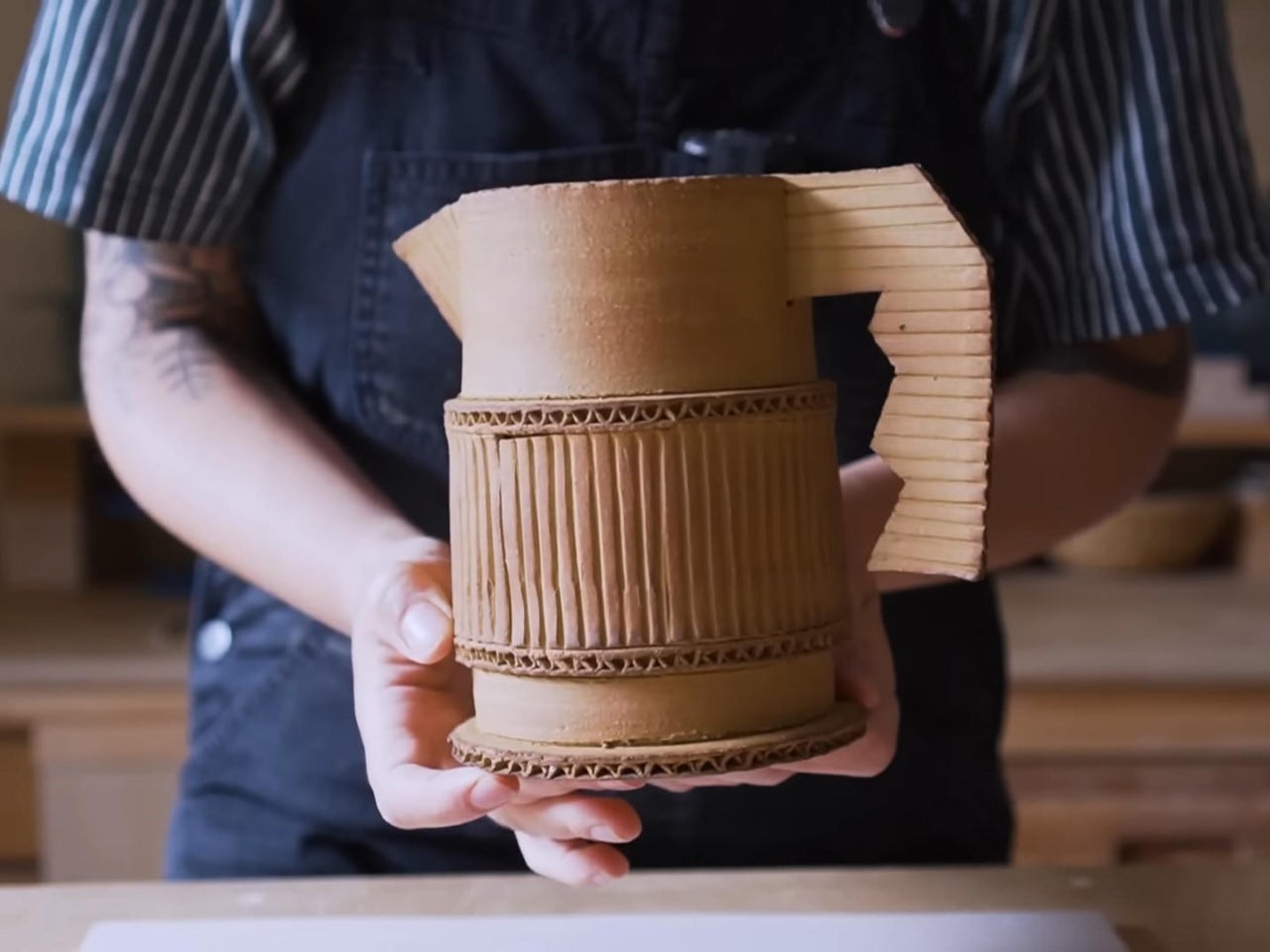
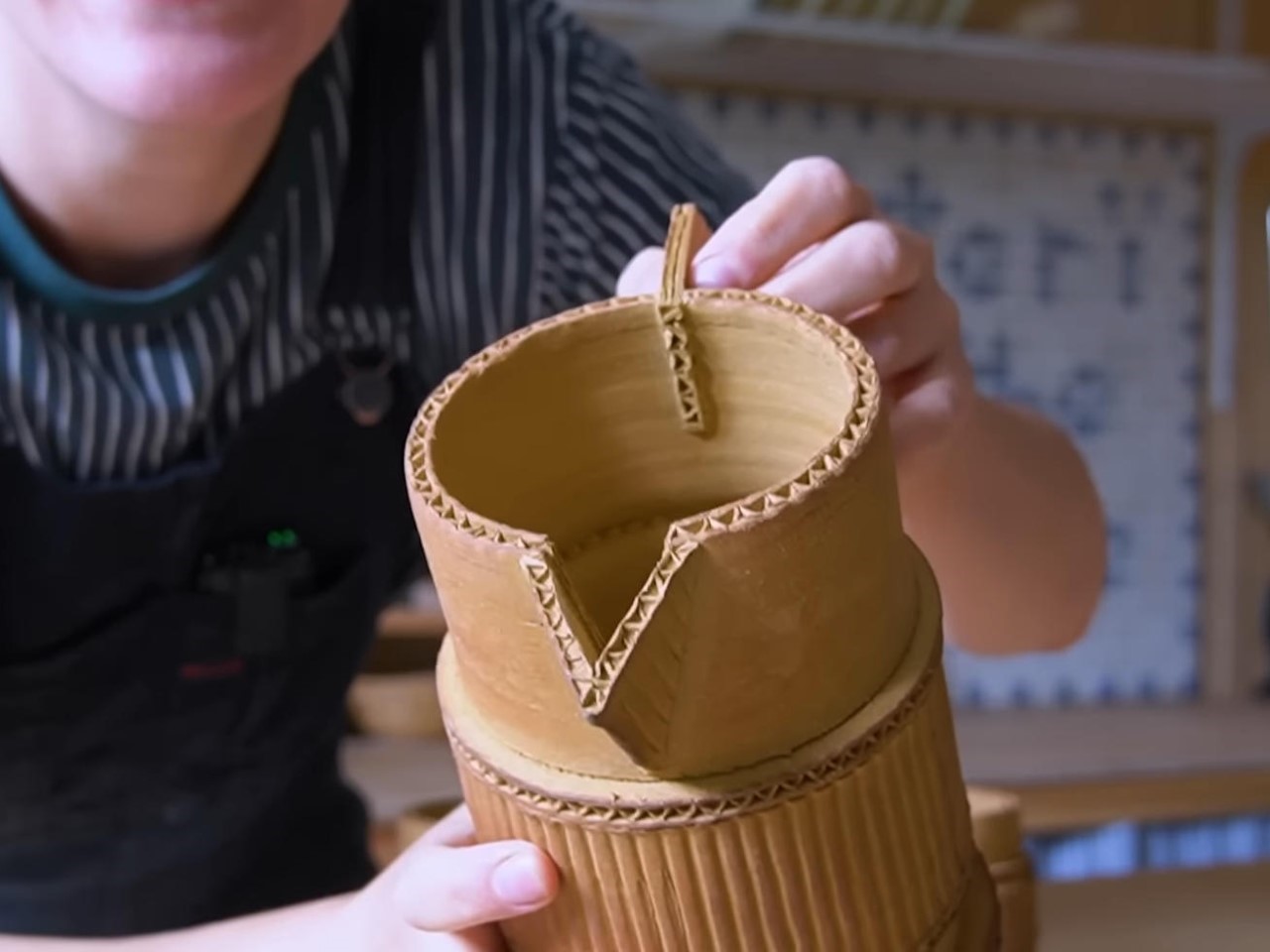
A few keys to nailing the aesthetic were ensuring the clay dries out significantly before stamping details onto them. Paper isn’t seamless either, so each paper part had to have a distinct start and end, which meant not blending in the edge lines. Even when joining multiple parts together, it’s instinctive to blend them in, making sure the joint is strong. However, cardboard doesn’t ‘blend’ either, so edges where different parts joined had to be left unblended, allowing the edge-line to show. Sure, this results in a fairly weak end-product, but then again, this entire endeavor is an aesthetic-driven one, not a functionality-driven one. The resulting pots are great for looking at, maybe even using as bouquet holders, but aren’t meant for holding water or any liquid. Since they’re unglazed, they’re still incredibly porous and will absorb water too, which means it’s best left displayed on a shelf as a statement piece rather than being put to use.
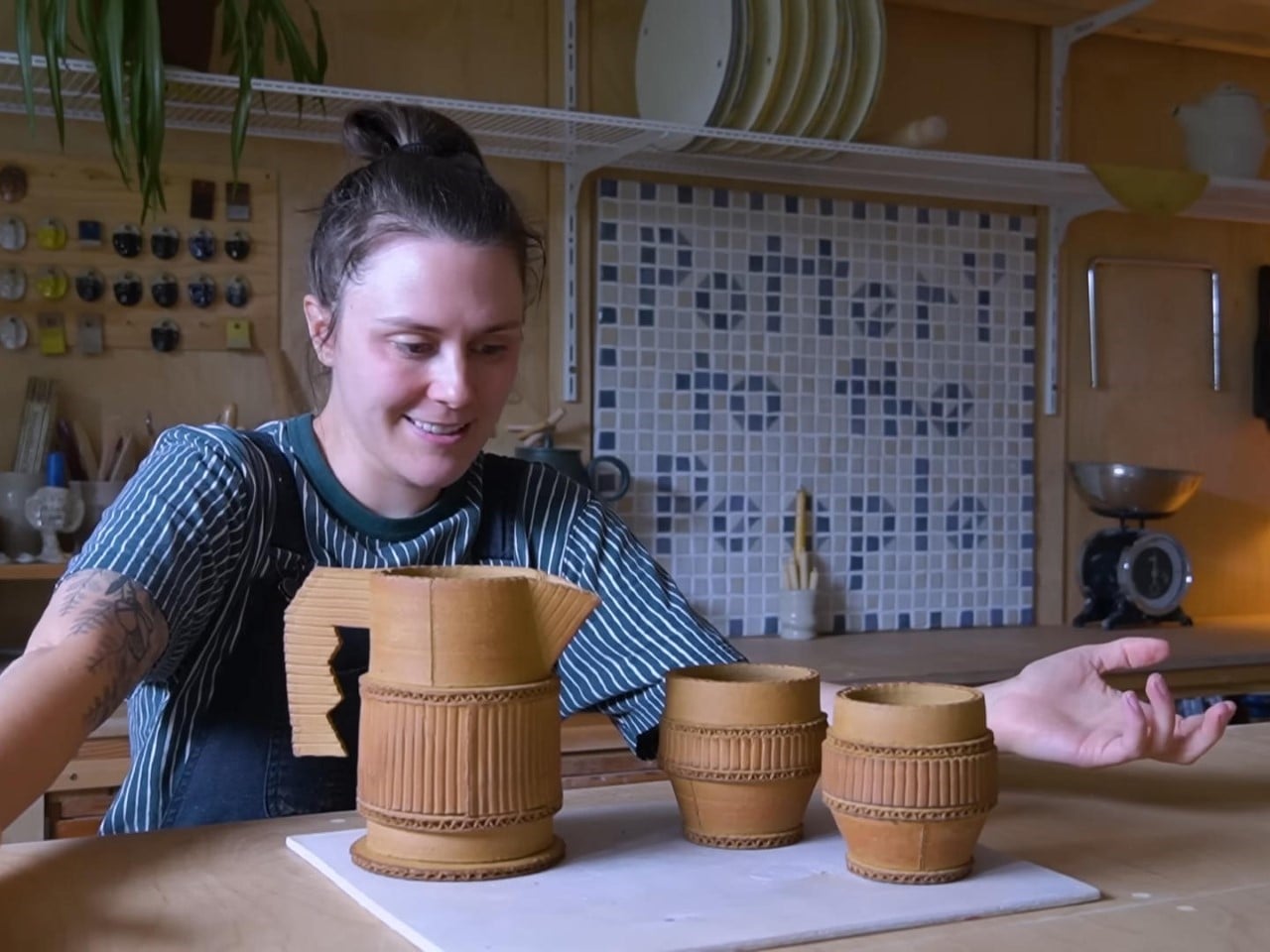
The post How to make Clay Pottery look like Cardboard first appeared on Yanko Design.
The 5 Best AI CRM Software in 2024
6 Best CRM for Law Firms in 2024
Github2file – Partagez votre code avec les chatbots IA

Qui ne s’est jamais dit : « Tiens, ce serait cool de filer tout mon code à mon chatbot pour qu’il puisse m’aider à débugger ce bazar« .
Et bien c’est exactement ce que github2file permet de faire.
Ce petit script Python va se connecter direct à votre dépôt GitHub, aspirer tout votre code en un clin d’œil et vous pondre un joli fichier texte bien propre, prêt à être envoyé à votre IA préférée. Et le top, c’est que vous pouvez filtrer les fichiers par langage (Python ou Go), virer les commentaires et les docstrings si ça vous chante, choisir la branche ou le tag à télécharger et même exclure certains répertoires ou types de fichiers. Bref, c’est vous le patron !
Tenez, un petit exemple pour la route. Disons que vous voulez balancer le code du célèbre dépôt Transformers de Hugging Face à votre chatbot.
Facile ! Suffit de taper ça dans votre terminal :
python github2file.py https://github.com/huggingface/transformers
Et vous voilà avec un fichier transformers_python.txt qui contient tout le code Python du dépôt. Si vous kiffez plus le Go, remplacez juste l’option --lang par "go" et le tour est joué. Easy !
Et si votre dépôt est privé, pas de panique, github2file a pensé à tout ! Balancez-lui votre nom d’utilisateur et un token d’accès personnel GitHub, et il se débrouillera comme un chef :
python github2file.py https://<USERNAME>:<GITHUB_ACCESS_TOKEN>@github.com/username/private-rep
Et voilà, fini les prises de tête pour partager votre code avec les chatbots ! Plus besoin de faire des copier-coller à rallonge ou d’uploader 36 fichiers à la main. Pour tester, c’est par ici que ça se passe.
Avec ça, vous avez toutes les cartes en main pour devenir des pros du partage de code avec les IA. Alors à vos claviers, et montrez-nous ce que vous savez faire ! 🙌

The 10 Best CRM Software in 2024
OpenCanary – Le pot de miel pour piéger les cyber criminels
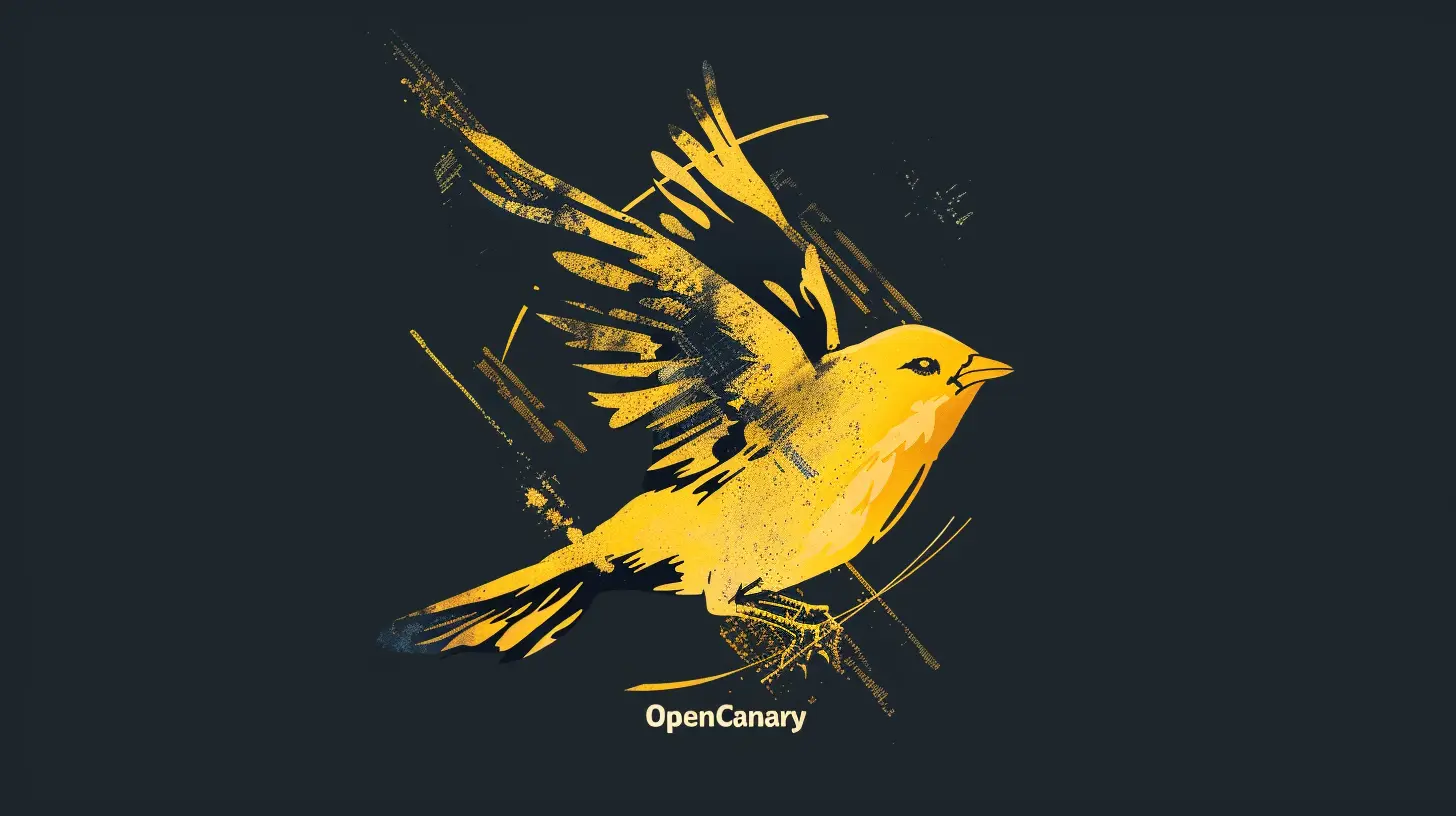
OpenCanary, c’est le pot de miel nouvelle génération pour attraper tous ces satanés cybercriminels. Ce petit logiciel va simuler plein de services réseau, comme un serveur web, un partage Windows, un serveur SSH…etc Bref, un vrai buffet à appâts numériques et dès qu’un hacker tombe dans le panneau et interagit avec, paf, vous recevez une alerte !
L’outil est hyper léger et s’installe facilement, même sur un Raspberry Pi ou un VM. Et comme c’est du logiciel libre, vous pouvez l’adapter à vos besoins et surtout vous éviter une solution proprio payante.
Alors comment ça fonctionne ? Et bien c’est simple comme bonjour :
- Vous installez OpenCanary sur une machine de votre réseau interne
- Vous le configurez pour imiter les services qui vous bottent (serveur web, FTP, base de données…)
- Vous attendez patiemment qu’un hacker morde à l’hameçon
- Dès qu’il interagit avec le honeypot, vous recevez une belle alerte qui vous file son IP et plein d’infos sur l’intrusion
C’est pas beau ça ?
En plus, vous pouvez même envoyer les alertes par mail, SMS ou même les agréger dans un outil de monitoring. Bon, je vous cache pas qu’il faut quand même un minimum de connaissances techniques pour faire tourner le bouzin. Mais si vous n’avez pas peur de mettre les mains dans le cambouis et de jouer avec la ligne de commande, c’est à la portée de n’importe quel barbu un peu motivé.
Et puis c’est quand même super fun de tendre des pièges aux méchants hackers et de les voir se faire avoir comme des bleus. Mais attention hein, faut pas non plus tomber dans la paranoïa et transformer son réseau en véritable champ de mines. Faudra doser pour que ça reste digeste sinon, vous allez avoir beaucoup de bruit dans vos alertes.
En tout cas, moi je dis bravo aux petits gars de Thinkst qui nous ont pondu cet outil. Pour les plus motivés, voici le lien Github du projet : https://github.com/thinkst/opencanary.
Amusez-vous bien et happy hacking !
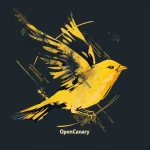
6 Best CRMs for Small Business in 2024
Mapu Speakers bring technology and craftsmanship together

There are people that love to pit technology against art or craftsmanship but those of us who know better know that the two can actually complement each other. There are products and designers out there who seek to fuse the two together and even bring innovation and improvements to the two worlds. One such product is a speaker that uses natural materials and is created by traditional craftspeople.
Designer: Mapu


The Mapu Speakers is a line of speakers that are made from natural materials like clay, wood, cork, and wool and handcrafted by traditional craftsmen in Chile and Portugal The goal is to create a new generation of craftspeople, “building a bridge between ancestral knowledge and technology”. Aside from having quality speakers so you can listen to your music, audiobooks, and podcasts, you also get a piece of art that you can display in your space.


The wooden cones and caps that are in the center of the driveractually optimize the high frequencies so you get a “vivid, spatial, and engaging sound”. The wool is used for the internal acoustic insulation while the leather and cork are also ideal for insulation due to their high tensile strength and heat resistance. The spherical shape of the vessel also adds to the sound quality that you get so you know that it’s not just beautiful but you get a pretty good speaker.


The Mapu Speakers are also 80% biodegradable so that’s another bonus for those who are looking for something pretty different for their speakers. The Mapuguaquén is already sold out on their website but the Mapu Preto and the Mapu Soenga, available in mono and stereo versions. The vessel-like shapes of the speaker line make it pretty attractive even if you don’t know yet the handicraft story behind it.

The post Mapu Speakers bring technology and craftsmanship together first appeared on Yanko Design.